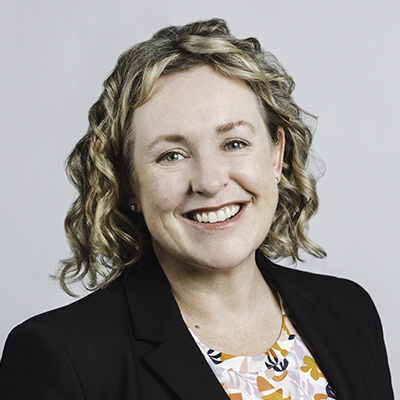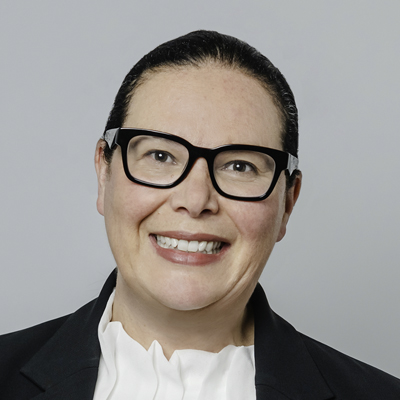Are we experiencing a property bubble?

You don’t need to know much about the investment market to know that Australia is experiencing high property prices in its major cities. In fact, according to RP Data, Australia’s National average home prices rose at an annualised 16.8% over the three months to August.
Whether you’re a first home buyer or long-term property investor, the question of if there is a property bubble is important to consider.
What is a property bubble?
A property or housing bubble usually starts with an increase in demand in the face of limited supply. Often speculators enter the market, believing that profits can be made through short-term buying and selling driving further demand. At some point, demand decreases and supply increases resulting in a sharp drop in prices – causing the bubble to ‘burst’.
What influences a property bubble?
- Generally, housing prices are driven by supply vs demand, where buyer demand for property outweighs the supply. In Australia factors such as lower levels of infrastructure in outer suburbs and restrictions on land development limiting residential housing growth has contributed to increasing property prices.
- Interest rates in Australia are at historical lows and this has allowed investors to borrow more to purchase a property. This has resulted in higher levels of household debt.

.
Source: OECD, AMP Capital
How serious is it?
One indicator of a bubble might be a change in the ratio of house prices to income or rents. The June house price to income ratio is 23.5% above the long term average and higher than many other OECD countries. (See graph)
But for a bubble to burst demand must drop, and with rates at historic lows we can expect some increases overtime, but there is little chance of a return to double digit interest rates of the past.
Governments appear unable or unwilling to do much to increase supply, particularly in the coveted inner city suburbs of Melbourne and Sydney where prices have increased most dramatically. On the other hand supply is increasing in inner city apartments, so apartment prices might drop as supply increases.
What should you do?
While some see property as a safe bet and shares as risky, according to AMP’s Chief Economist Shane Oliver “they are complementary to each in terms of risk and liquidity and are lowly correlated.” This means that diversifying your investments to include share market exposure can actually help reduce your portfolio’s ups and downs.
To find out more about building diversification, contact us or book a FREE financial health check today.
General advice disclaimer: This article has been prepared by FMD Financial and is intended to be a general overview of the subject matter. The information in this article is not intended to be comprehensive and should not be relied upon as such. In preparing this article we have not taken into account the individual objectives or circumstances of any person. Legal, financial and other professional advice should be sought prior to applying the information contained on this article to particular circumstances. FMD Financial, its officers and employees will not be liable for any loss or damage sustained by any person acting in reliance on the information contained on this article. FMD Group Pty Ltd ABN 99 103 115 591 trading as FMD Financial is a Corporate Authorised Representative of FMD Advisory Services Pty Ltd AFSL 232977. The FMD advisers are Authorised Representatives of FMD Advisory Services Pty Ltd AFSL 232977. Rev Invest Pty Ltd is a Corporate Authorised Representative of FMD Advisory Services Pty Ltd AFSL 232977.



















